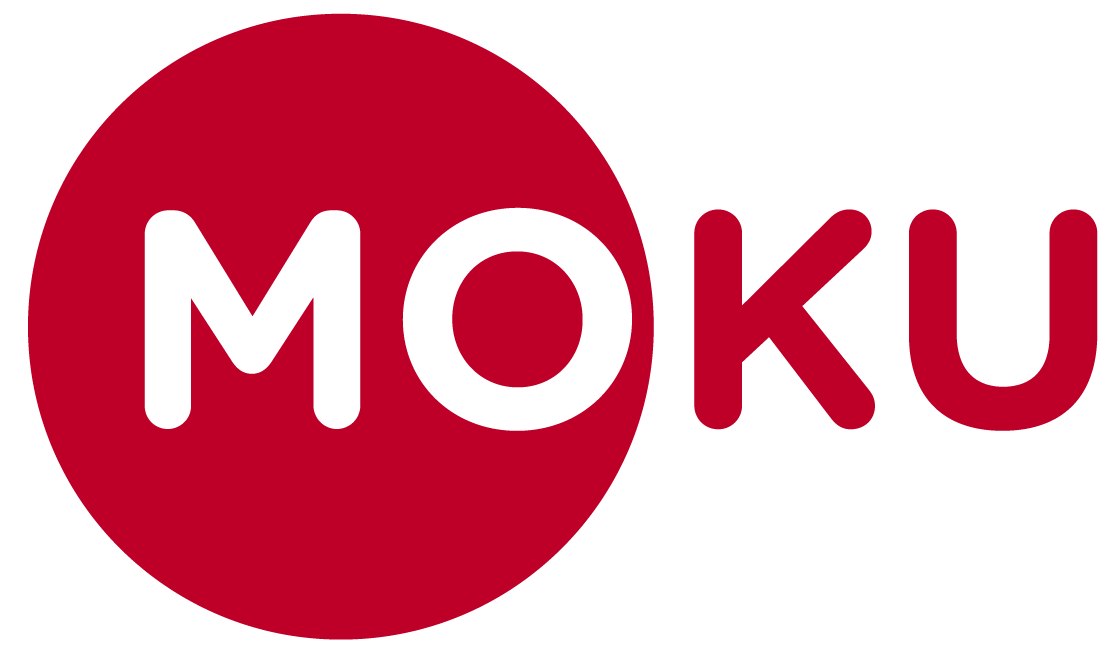
Featured Post

Initial Public Offering (IPO)
Initial Public Offering (IPO)
In today’s fast-paced business landscape, companies are always looking for ways to grow, innovate, and capture more market share. But for many, the road to success can feel like hitting a ceiling—how do you reach that next level? One of the biggest leaps a business can take is going public through an Initial Public Offering (IPO). In this blog, we’ll break down what an IPO is, how it can unlock new growth opportunities, and why it might be the ultimate exit strategy for business owners looking for their next big move.
Why Consider an IPO?
Access to Capital: One of the primary reasons companies choose to go public is to raise significant capital. This influx of funds can fuel growth initiatives, research and development, and other strategic investments.
Increased Visibility and Credibility: Being publicly traded can enhance a company's visibility in the market. It often leads to increased credibility with customers, suppliers, and potential partners.
Liquidity for Shareholders: An IPO provides liquidity for existing shareholders, including founders and early investors. They can sell their shares on the open market, realizing the value of their investment.
Attracting Talent: Public companies can offer stock options as part of their employee compensation packages, making it easier to attract and retain top talent.
Valuation and Market Positioning: Going public can help establish a market valuation for the company, which can be beneficial for future fundraising or acquisition opportunities.
The IPO Process
The IPO process typically involves several key steps:
Preparation: Companies must prepare their financial statements, business plans, and legal documents. This stage often includes hiring investment bankers and legal advisors.
Filing with Regulatory Authorities: The company must file a registration statement with the relevant regulatory body (e.g., the SEC in the United States). This document provides detailed information about the company, its financials, and the risks involved in investing.
Roadshow: The company and its underwriters conduct a roadshow, presenting the investment opportunity to potential investors. This is a crucial step in generating interest and demand for the shares.
Pricing and Launch: After gauging investor interest, the company sets an initial price for its shares. Once the shares are priced, they are listed on a stock exchange, and trading begins.
Post-IPO Considerations: After going public, companies must adhere to ongoing reporting requirements and maintain transparency with shareholders.
Conclusion
An Initial Public Offering can be a transformative event for a business, providing access to capital, increased visibility, and opportunities for growth. However, it is essential for business owners to carefully consider the implications of going public and to seek professional guidance throughout the process.
Ready to take the next step in your business journey? Join the Growth Readiness Workshop today! Gain insights into the IPO process and receive a FREE assessment to understand your options better. Don’t miss this opportunity to prepare for a successful transition.

